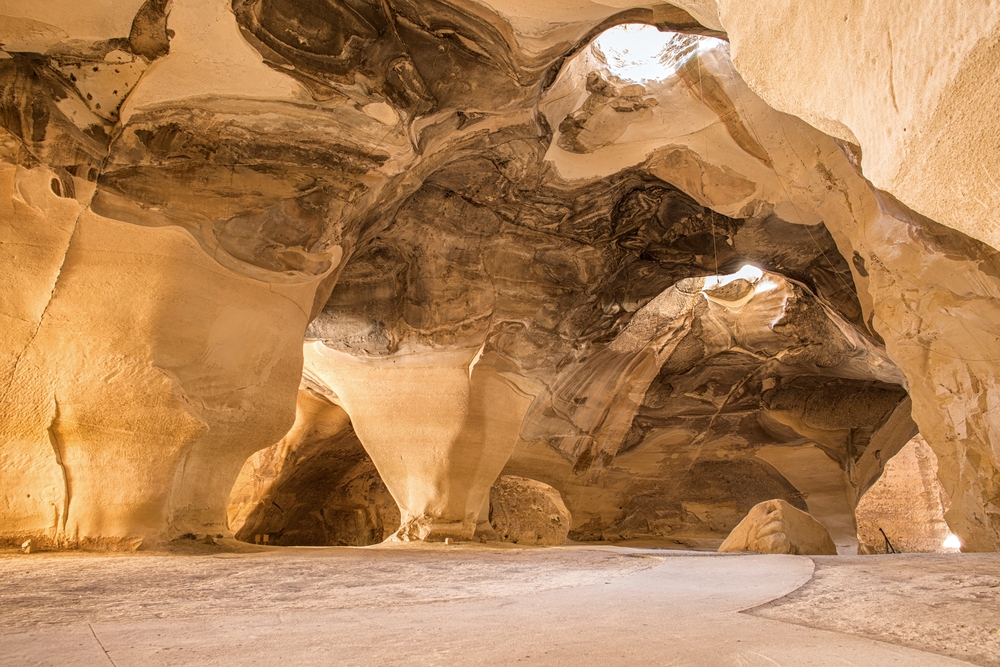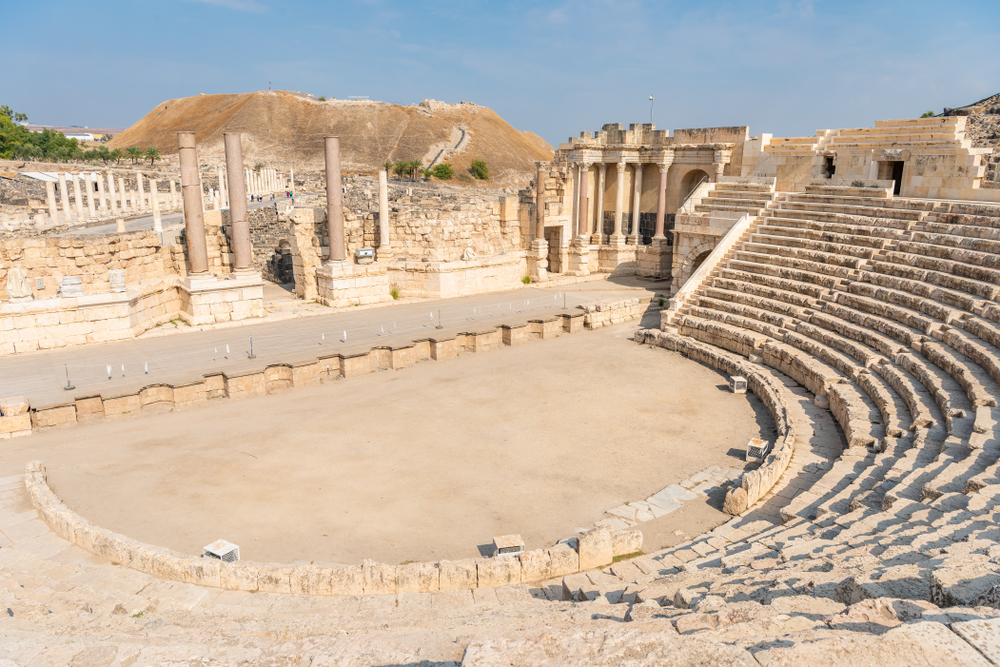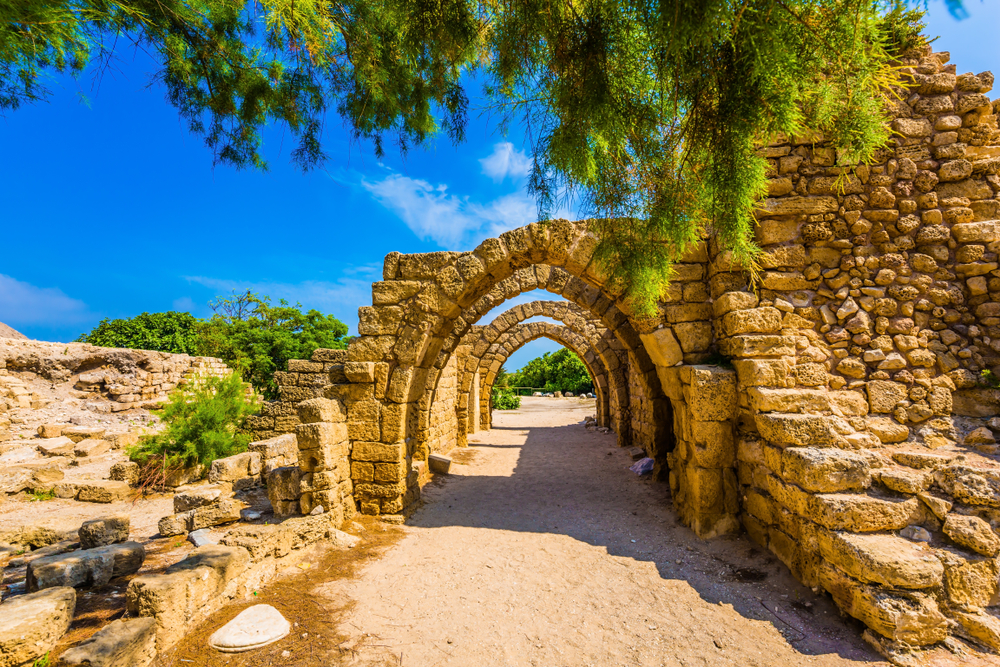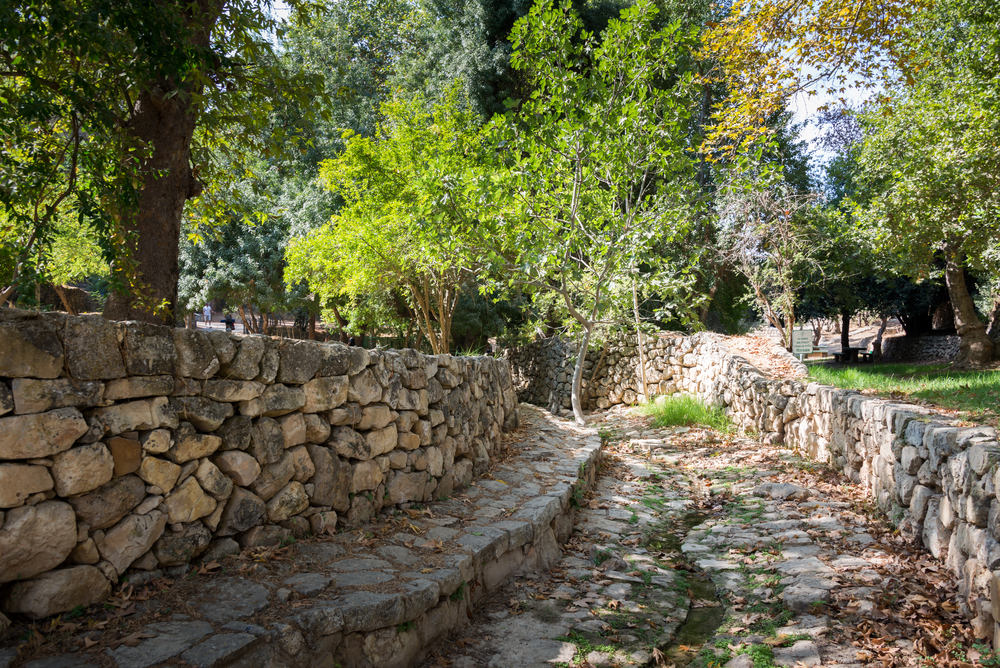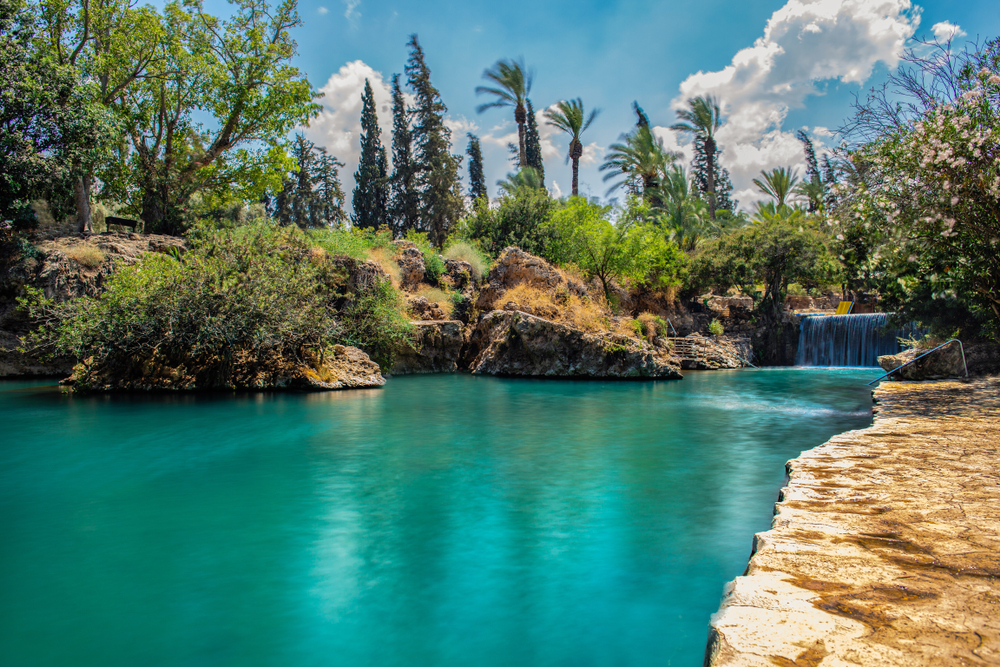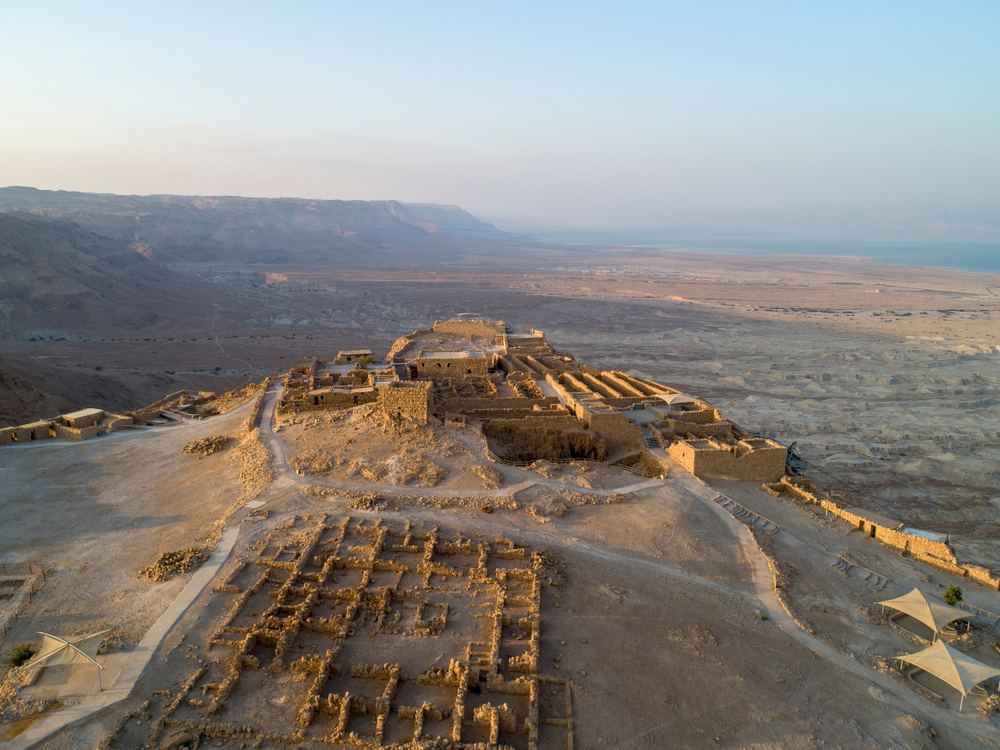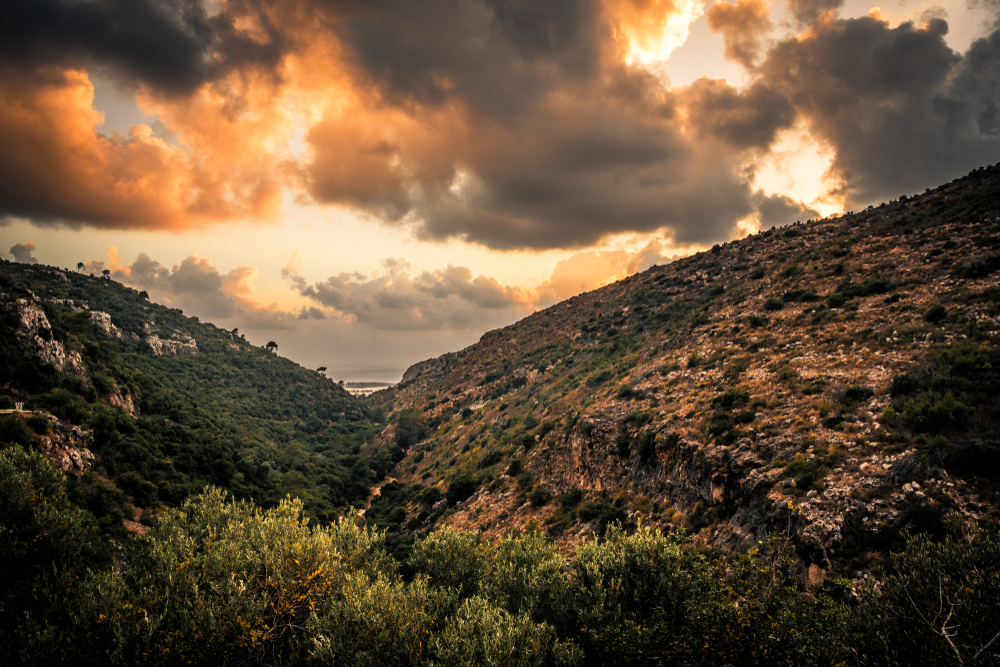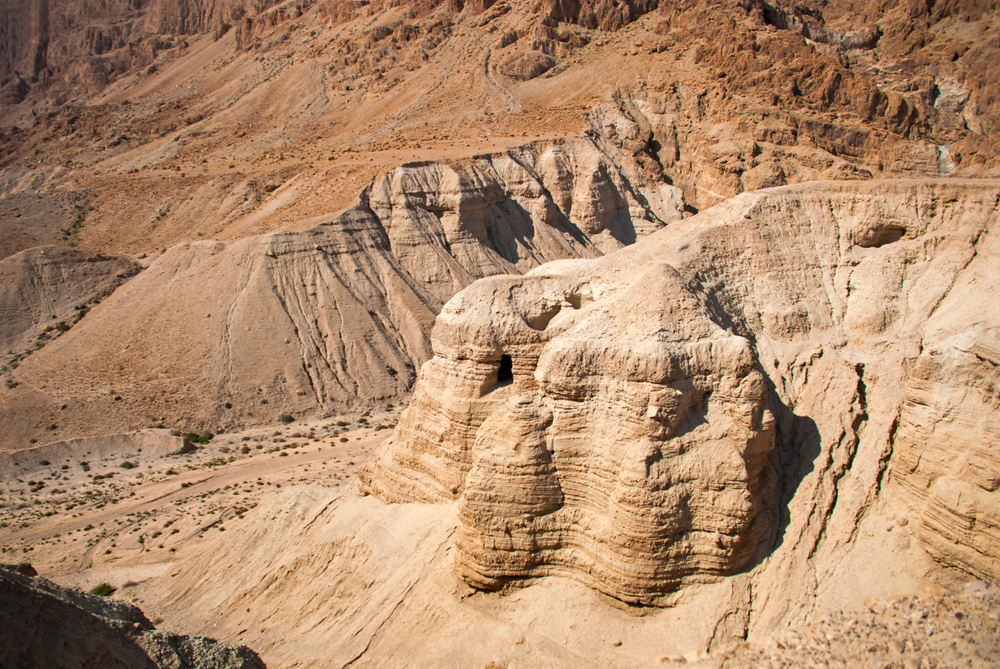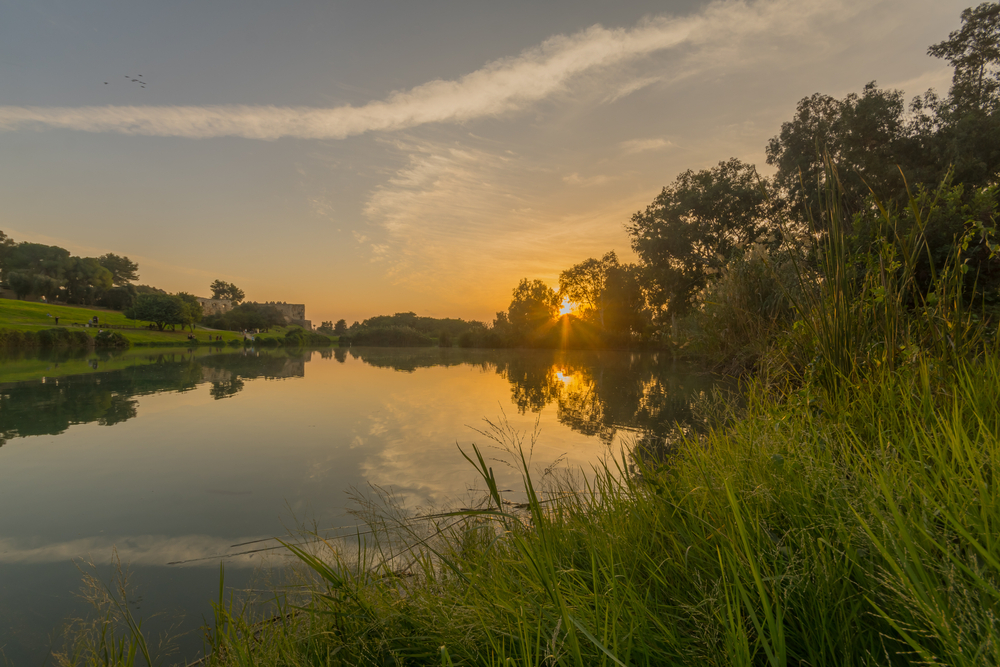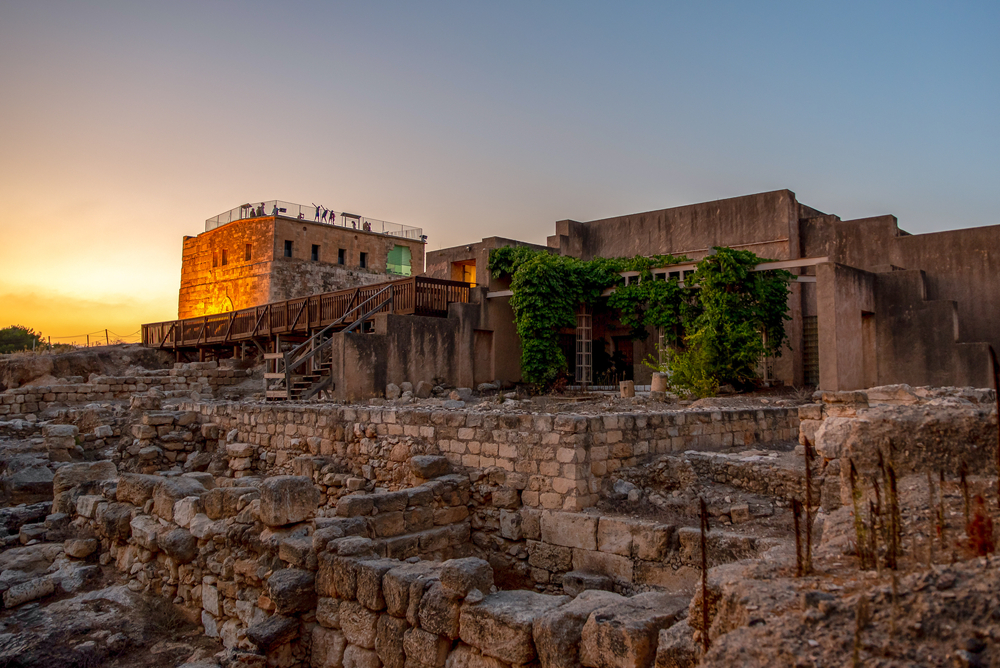Israel’s officially designated national parks reflect the country’s rich tapestry of natural landscapes and cultural heritage. With 81 national parks managed by the Israel Nature and Parks Authority, these areas preserve the nation’s unique ecology, historical landmarks, and archaeological treasures. From the shores of the Mediterranean to the rugged terrains of the Negev Desert, Israel’s national parks are an extraordinary blend of scenic beauty and historical significance.
Masada National Park is one of Israel’s most iconic sites, both a natural and historical treasure. Overlooking the Dead Sea, this UNESCO World Heritage Site features the remnants of a Herodian palace-fortress and tells a powerful story of ancient resilience. Visitors flock to Masada for its historical significance, dramatic landscapes, and the unforgettable sunrise views from the summit.
Another highlight is Ein Gedi Nature Reserve, an oasis in the arid Judean Desert. Known for its lush vegetation, cascading waterfalls, and rich biodiversity, Ein Gedi offers stunning hikes and a glimpse into ancient agricultural practices through the remains of historic irrigation systems. Wildlife such as ibex and hyrax thrive here, creating a vibrant natural environment.
Caesarea National Park on the Mediterranean coast is a masterpiece of history and archaeology. Once a thriving Roman port city, it now showcases an amphitheater, aqueduct, and other impressive ruins against the backdrop of the sea. This park uniquely combines the allure of antiquity with coastal charm, making it a favorite destination for visitors.
In the northern Galilee, Beit She’arim National Park stands out as an archaeological wonder, home to the ancient necropolis of the Jewish community from the Roman period. This park offers insights into Jewish cultural history, featuring intricate burial caves adorned with carvings and inscriptions.
Akhziv National Park, located along the northern coastline, combines natural beauty with ancient ruins. Visitors enjoy its pristine beaches, coves, and remnants of an ancient Phoenician settlement. The park’s unique marine environment also serves as a haven for sea turtles and other wildlife.
Israel’s national parks face ongoing challenges in balancing conservation with increasing tourism. Urban expansion, water scarcity, and climate change have put pressure on these fragile ecosystems. However, Israel has achieved significant conservation successes, including the restoration of native habitats and the reintroduction of species such as the griffon vulture. The Israel Nature and Parks Authority also emphasizes sustainable tourism and public education to ensure the preservation of these vital areas.
Israel’s national parks are a testament to the country’s commitment to safeguarding its natural and historical legacy. They offer visitors an opportunity to connect deeply with the land’s remarkable stories and breathtaking landscapes.










































































